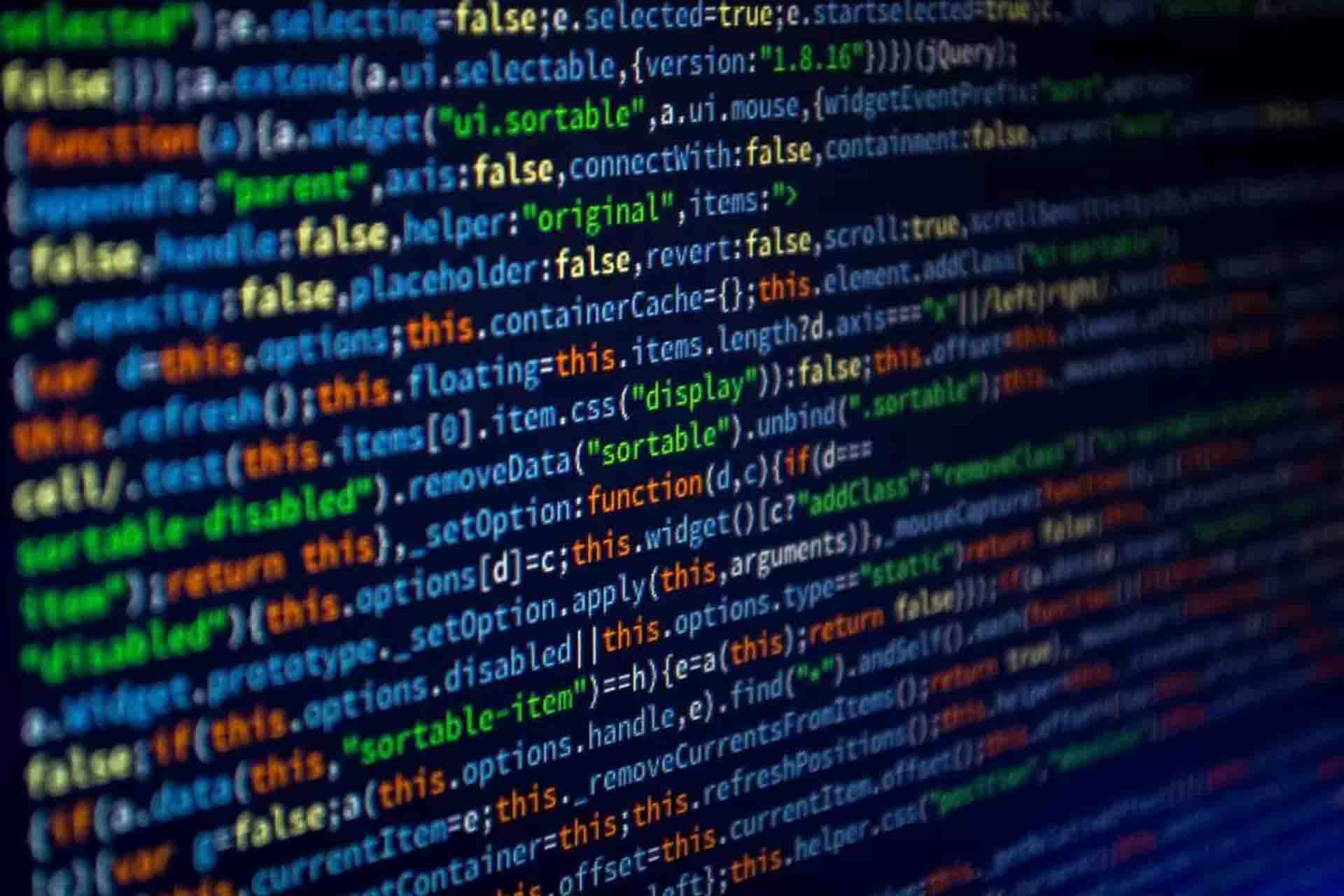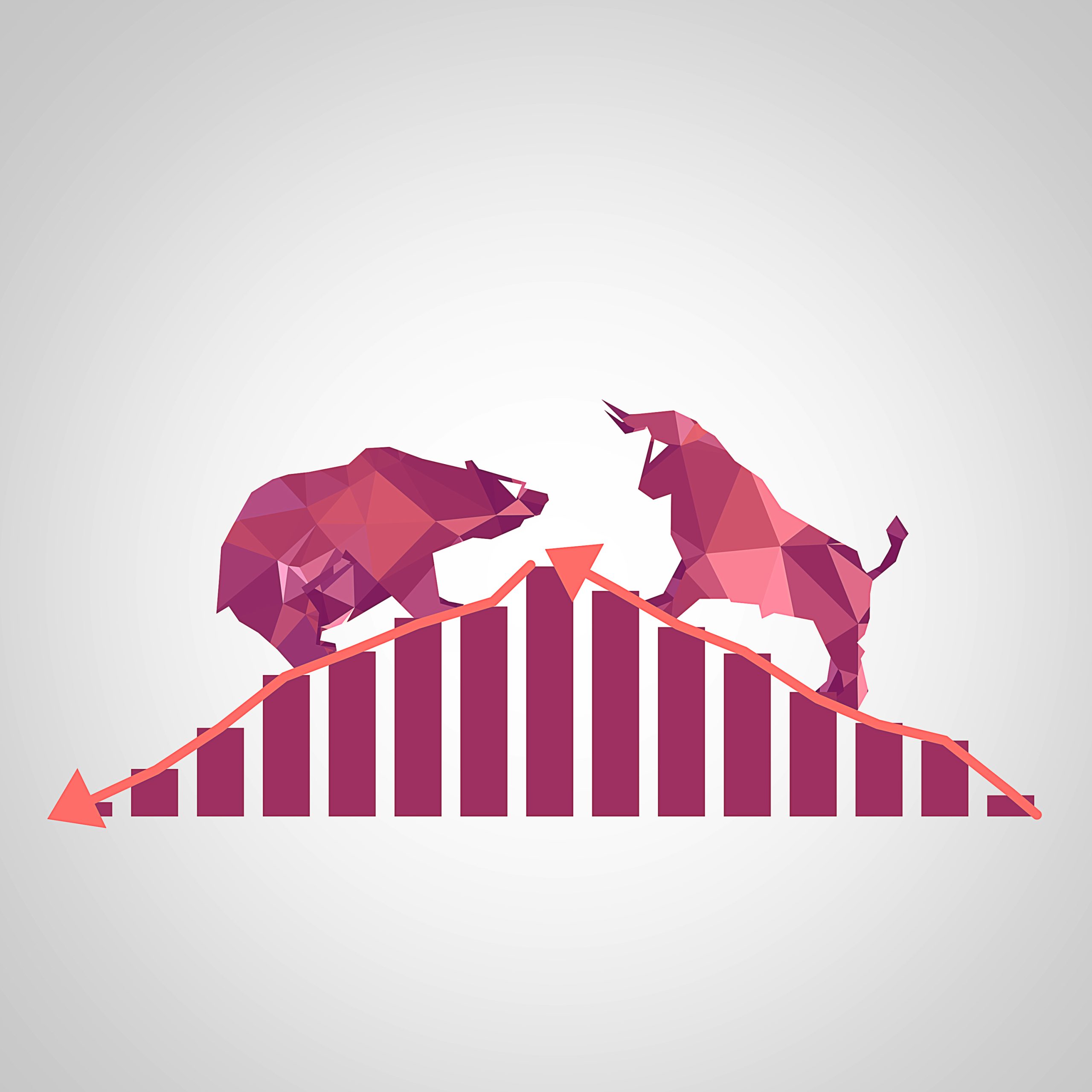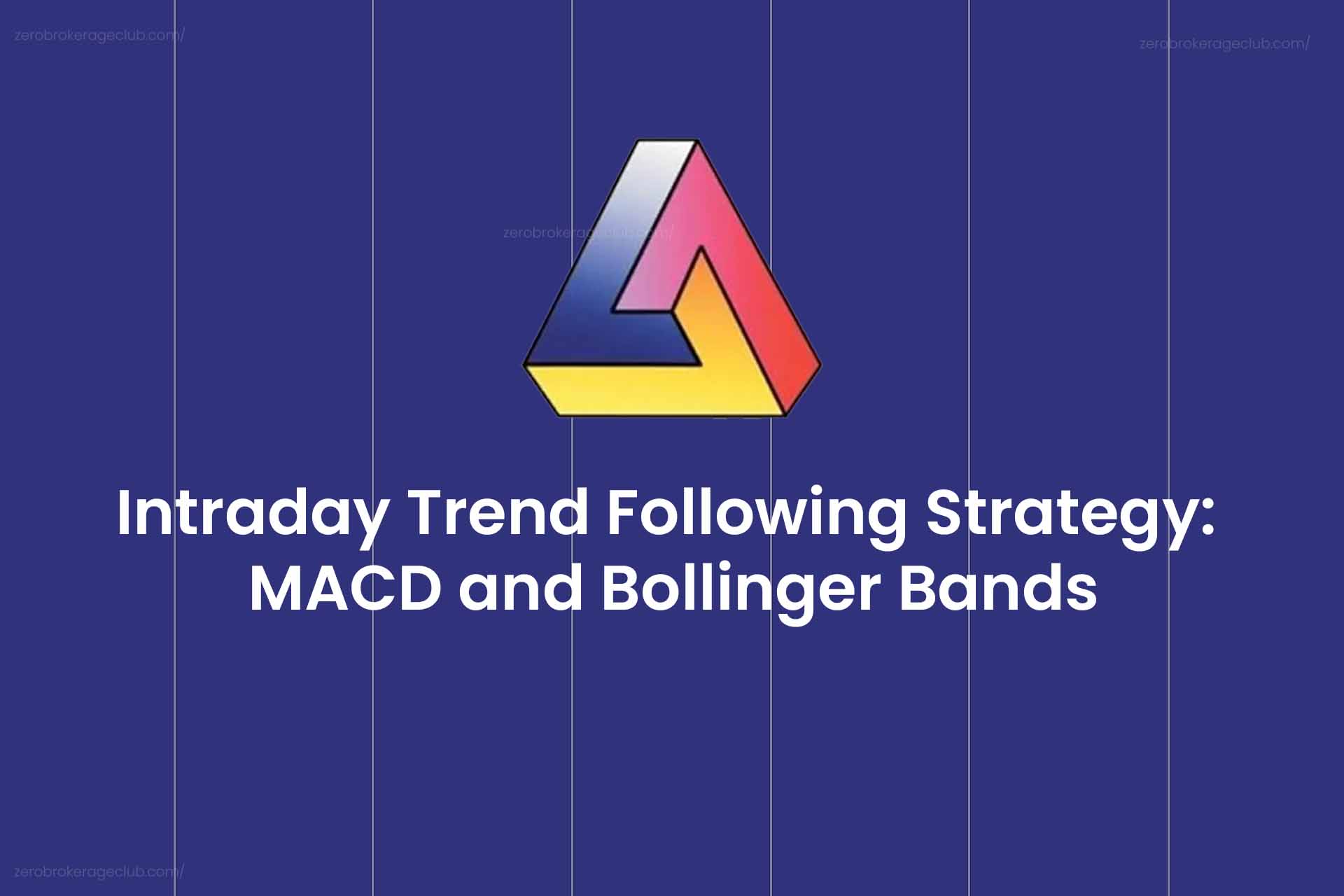Understanding Quantitative Trading
In simple terms, Quantitative Trading utilizes logical calculations and mathematical algorithms in its investment strategy. Typically, fund managers, private equity firms, and wealthy individuals use these methods. Lately, even smaller retail traders have embraced these strategies, converting them into fully automated trading systems.
Transitioning to Quantitative Trading
Quantitative trading involves transforming your trading styles and ideas into a computer-executable, rule-based system. However, this process isn’t as simple as it may seem. You either need programming skills or should consider hiring a professional with experience in developing Quantitative trading strategies.
For more insights, explore: Building Your Own Algorithmic Trading Systems – Part 1
The Four Key Pillars of a Quantitative Trading System
Developing your quantitative trading system involves four essential steps:
- Identify a Strategy – This step requires finding the most suitable strategy, identifying exploitable aspects, and selecting the optimal trading frequency.
- Back Test the Strategy – This involves collecting relevant data and evaluating the strategy’s performance while eliminating all biases.
- Implement the Strategy – In this stage, you connect your chosen strategy to a brokerage. Automating the order execution streamlines this process, reducing transaction costs.
- Manage Risk – Arguably the most critical aspect of trading systems, it involves optimizing capital allocation and determining your “position size.” Without a clear understanding of position sizing and risk management, building a trading system can be challenging.
We believe that Amibroker is the ideal software for developing a quantitative trading system using the aforementioned steps. Explore various trading strategies developed and tested using Amibroker here.
Quantitative Trading vs Algorithmic Trading
These terms are often used interchangeably in online forums and educational resources. In reality, there is a subtle distinction between the two. Quantitative trading primarily involves creating mathematical models or rules for your strategy, while algorithmic trading translates these rules into computational algorithms. Quantitative trading relies on advanced mathematics and statistics, while algorithmic trading leverages programming languages and automation. Nonetheless, it’s reasonable to consider them closely related, as there isn’t a definitive boundary between the two.
Pursuing a Career as a Quant Trader
Quantitative trading is an intricate and captivating facet of quantitative finance. It’s vital to dedicate a significant amount of time to foundational studies before pursuing it as a career. A strong background in econometrics and statistics is necessary, along with hands-on experience in implementing these concepts using programming languages like Python, R, or MATLAB. For more complex strategies at advanced levels, proficiency in assembly programming, Linux kernel modification, C/C++, and network latency optimization is invaluable. Consider earning the CMT (Chartered Market Technician) certification offered by the Market Technicians Association (MTA) based in the USA. Learn more about this certification here.
Not too long ago, technical analysis wasn’t regarded as a profession or skill. With the advent of more sophisticated tools, individual retail traders are increasingly drawn to quantitative trading. Every trader should invest time in learning about it, as it undoubtedly represents the future of financial markets.





One Comment